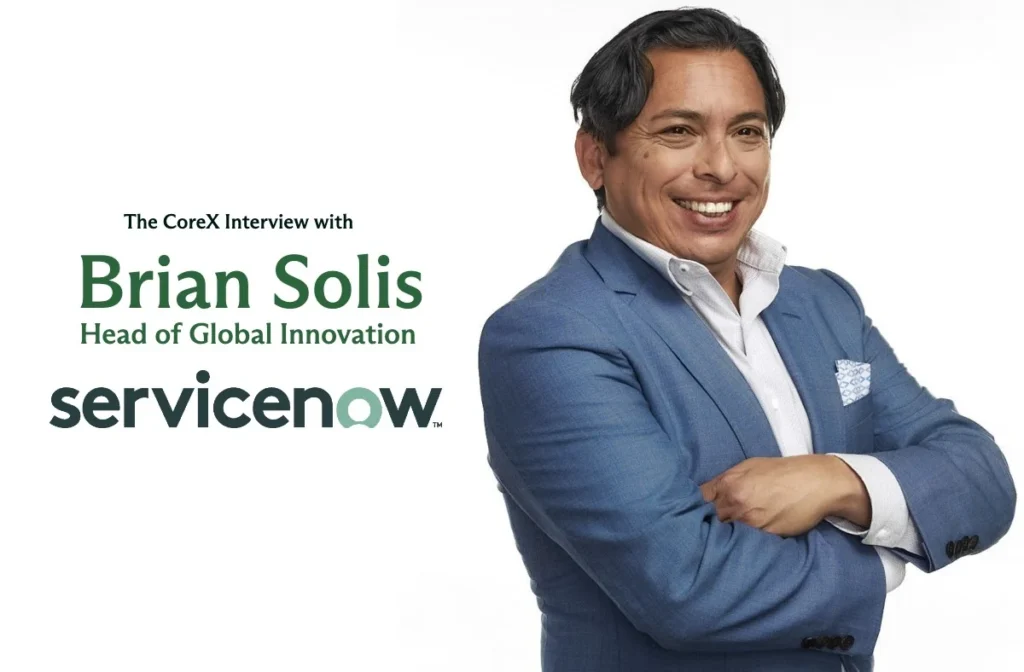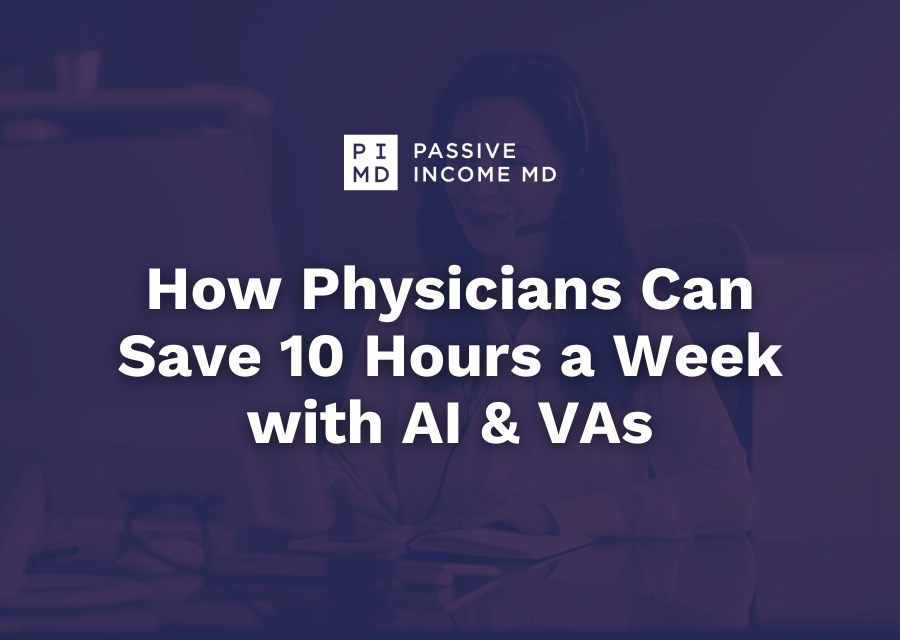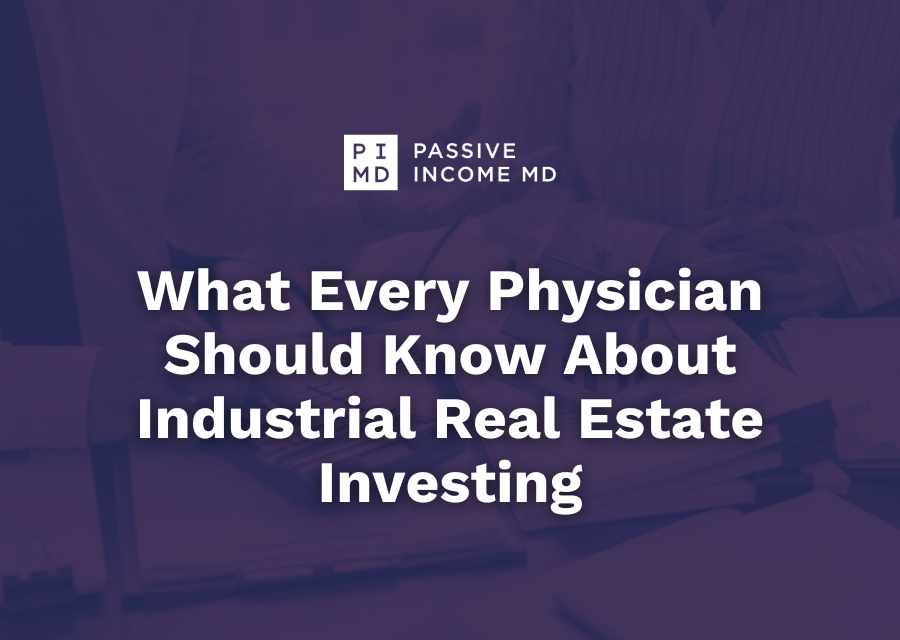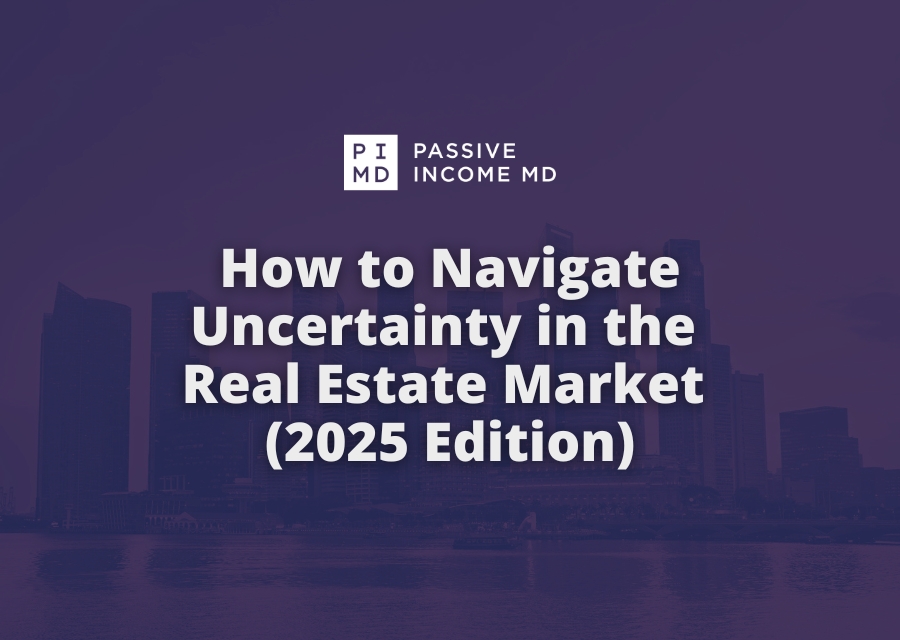After another 24-hour call shift, the last thing I wanted to think about was fixing a leaky roof or chasing down tenants for rent. That’s why, when I first heard about real estate–backed private credit, it caught my attention. It’s not about owning property. It’s about being the bank—earning interest, backed by real assets, without […] The post Private Credit 101: How Physicians Can Earn Double-Digit Returns and Real Cash Flow Without Owning Property appeared first on Passive Income MD.
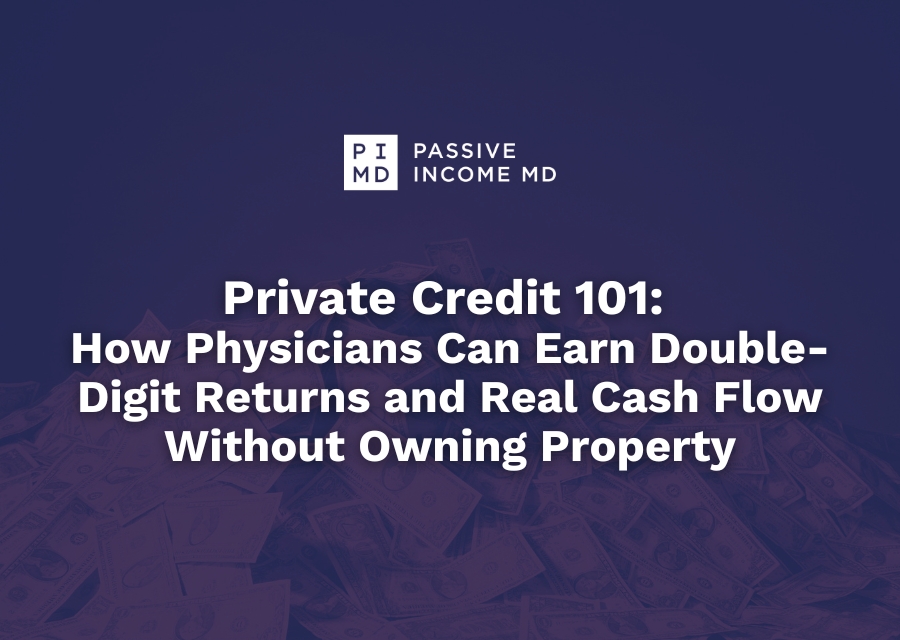
After another 24-hour call shift, the last thing I wanted to think about was fixing a leaky roof or chasing down tenants for rent. That’s why, when I first heard about real estate–backed private credit, it caught my attention.
It’s not about owning property. It’s about being the bank—earning interest, backed by real assets, without the day-to-day work.
And in a market where regional banks have pulled back after the 2023 banking crisis, private credit has exploded. For many investors, it’s become one of the most overlooked opportunities for cash flow–hungry professionals like us.
Disclaimer: This article is for informational and educational purposes only and does not constitute financial, legal, or investment advice. Any investment involves risk, and you should consult your financial advisor, attorney, or CPA before making any investment decisions. Past performance is not indicative of future results. The author and associated entities disclaim any liability for loss incurred as a result of the use of this material or its content.
What Private Credit Actually Is
Private credit simply means loans made by non-banks to businesses or individuals. When those loans are backed by real estate, they’re typically short-term (6 to 24 months) and secured by the property itself.
Think bridge loans, construction loans, or short-term refinances.
Here’s what makes it appealing: the borrowers are usually strong—developers, business owners, or high-net-worth individuals—who just need capital quickly. These are not distressed borrowers. They’re experienced operators who temporarily lost access to traditional financing.
You’re not betting on property appreciation (increasing in value). You’re lending against a tangible, high-quality asset, often at 50 to 65 percent of its value, and collecting interest the entire time.
As Eric Goodman, founder of Goodman Capital, told me on the podcast:
“We’re not chasing risky borrowers. We’re financing the same Class A developers the banks used to serve—just at lower leverage and with better collateral.”
In other words, you’re earning steady, contractual income instead of waiting for someone else’s project to maybe pay off someday.
Why It’s Suddenly Relevant
When regional banks like First Republic and Signature collapsed in 2023, billions in lending capacity disappeared. Developers and investors still needed capital, so private lenders—family offices, funds, and accredited investors—stepped in to fill the gap.
That shift turned private credit from a niche corner of finance into a mainstream alternative. Today, it’s a $1.5 trillion global market and growing fast.
For investors, that means access to short-term, income-producing opportunities that used to be reserved for institutions.
Why It’s Perfect for Busy Physicians
If you’re like me, cash flow is what keeps your life moving. In fact it decides how we spend our time. Our paychecks arrive in regular cycles, and so do our expenses – mortgages, tuition, travel, life.
So why invest in things that don’t produce predictable income?
Private credit solves that. It’s designed for consistent monthly cash flow, not speculation.
Here’s why it works well for physicians:
- It’s truly passive. You’re not managing tenants or property.
- It produces monthly or quarterly income. Interest payments arrive like a second paycheck.
- It’s secured by real assets. Conservative loan-to-value ratios protect the downside.
- It’s short term. Typically six to 24 months, not a decade.
- It’s low correlation. Stock market swings don’t affect your payments.
It’s not flashy, it’s steady. And for those of us who live by cash flow, steady is beautiful.
Two Ways to Invest in Private Credit
Option 1: The Passive Route (Most Common)
This is how most physicians invest. You can participate through a private credit fund or crowdfunding platform that pools capital into diversified loans.
The fund handles everything—underwriting, legal work, servicing—and you receive your share of the interest.
Typical returns: 8 to 12 percent annualized, paid monthly or quarterly.
What to look for:
- Manager’s track record and default recovery history
- Conservative loan-to-value ratios (below 65%)
- Diversified borrower base
- Transparent reporting and audited financials
- Clear communication—you should always know where your money is working
You’re outsourcing the expertise while keeping the income.
Option 2: The Active Route (For the Curious)
If you want more control, you can lend directly to a borrower, but it requires time, legal support, and due diligence.
A simple example: You lend $300,000 on a $600,000 property at 11 percent interest. The borrower pays $2,750 per month, and your principal is secured by the property. If they default, you have a legal claim to recover your funds.
If you go this route, always use an attorney, a title company, and verified appraisals. It’s powerful—but not for everyone. Most physicians prefer the passive approach.
Understanding the Risks
No investment is risk-free. Here’s what to consider:
- Default risk: mitigated through conservative underwriting
- Illiquidity: funds are typically held for 6 to 24 months
- Manager risk: ensure the fund’s operators have weathered a full market cycle
- Interest rate risk: shorter durations help minimize exposure
The goal isn’t to avoid risk—it’s to manage it, just like we do every day in medicine.
Why Cash Flow Should Be Your North Star
When I first started investing, I chased appreciation—stocks, startups, even speculative real estate deals. It all looked exciting on paper but it didn’t put money in my account each month.
Cash flow, on the other hand, is freedom. It’s what allows you to cut a shift, take an extra trip with your family, or simply breathe a little easier.
Private credit delivers that freedom. Predictable monthly income without the stress of management. Every interest payment reminds you that your money is finally working as hard as you are.
Over time, that steady cash flow builds something even more valuable than wealth—confidence. Confidence to practice on your own terms and design life around what matters most.
The Quick Due Diligence Checklist (The 4 P’s)
- People: Who’s managing the fund? What’s their track record?
- Portfolio: What types of assets are being lent against?
- Process: How do they underwrite and handle defaults?
- Protections: Are loans senior secured? Is there insurance and transparency?
If you can’t get clear answers, walk away.

Subscribe to receive the 7 Steps you can follow to achieve Financial Freedom
If financial freedom is your goal, there’s no better time to get started than right now.
Unlock actionable steps that you can take every day to fine-tune your goals, discover your interests, and avoid costly mistakes on your financial freedom journey.
Final Thoughts: What Would You Do With an Extra Hour a Day?
At its core, real estate–backed private credit is about freedom through cash flow. It’s not speculation—it’s strategy. It’s the kind of income that helps physicians buy back their time and flexibility.
In medicine, we live by cash flow—whether it’s from shifts, call pay, or clinic days. Private credit lets your money do the same thing: show up reliably, month after month.
If you want to learn how to evaluate passive real estate and private credit deals—the kind that can create true freedom and predictable income—we teach this inside the Passive Real Estate Academy.
Because freedom isn’t about working harder. It’s about letting your money work harder than you do.
Were these helpful in any way? Make sure to sign up for the newsletter and join the Passive Income Docs Facebook Group for more physician-tailored content.
Peter Kim, MD is the founder of Passive Income MD, the creator of Passive Real Estate Academy, and offers weekly education through his Monday podcast, the Passive Income MD Podcast. Join our community at the Passive Income Doc Facebook Group.
Further Reading
The post Private Credit 101: How Physicians Can Earn Double-Digit Returns and Real Cash Flow Without Owning Property appeared first on Passive Income MD.





